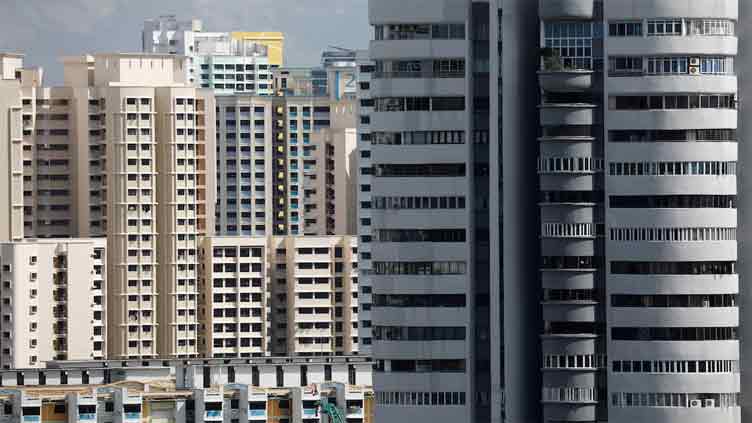Asia-Pacific real estate assets at 'high risk' from climate change: Report

Business
REITs worth about $3tr globally are considered safe havens for long-term investors
SINGAPORE (Reuters) – Nearly one in ten properties owned by leading real estate investment trusts (REITs) in the Asia-Pacific region may be at "high risk" of damage from climate change, particularly in coastal regions, a report published on Wednesday showed.
REITs, with an estimated global market capitalisation of about $3 trillion, are considered safe havens for long-term investors but damage from climate risks, such as floods and forest fires, could hurt valuations and boost insurance premiums, climate risk consultancy XDI said.
"What we are seeing is that the physical risks to build assets increase over time under climate change, and are particularly more pronounced in scenarios where global warming is allowed to accelerate," said lead author Philip Tapsall.
Individual companies and communities that stood to be affected need to do more to adapt to the risks, he added. "We still have time to act, so what we are really trying to do is signal the existence of this risk."
Read more: Rangelands demise 'severely underestimated': UN report
In its report, XDI analysed more than 2,000 property assets valued totally at $142 billion held by the 20 largest REITs in Japan, Australia, Singapore and Hong Kong.
It used global climate models and regional weather data to assess the damage expected as a result of extreme weather.
Properties suffering annual damage of more than 1 per cent of their total replacement value were deemed "high risk", with nearly one in ten expected to meet such criteria by 2050. XDI identified coastal inundation as the biggest threat in the Asia-Pacific.
Tapsall called for more transparency and disclosure to ensure that companies, their investors and lenders can measure and manage future climate impacts.
"The worst thing that could happen is that there is a disorderly withdrawal of capital from vulnerable communities, so what we need is a clear articulation of the risk, and from there to think about the response."



